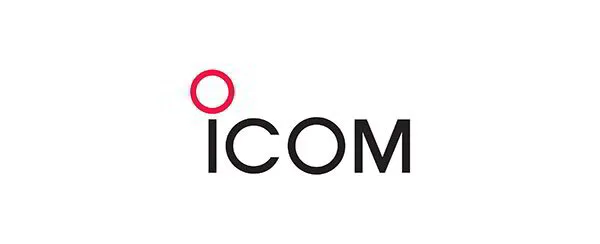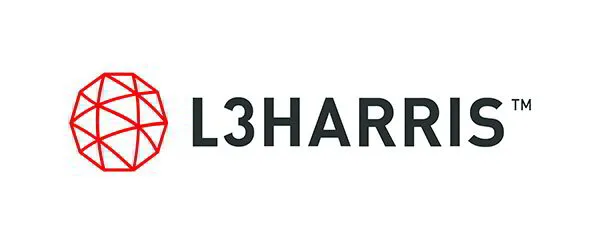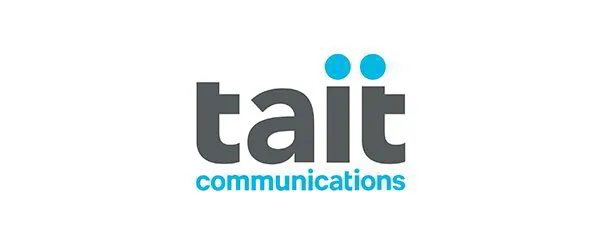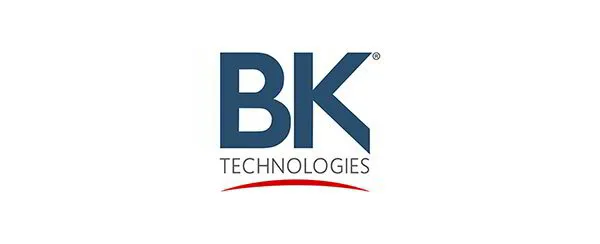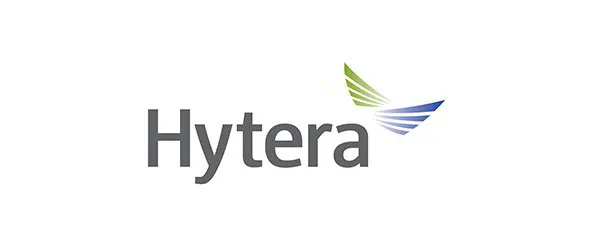
One of the Most Complete Communication Networks in the Northwest
White Cloud Communications Inc., an Idaho-based company with nearly 50 years of expertise, is headquartered in Twin Falls and operates satellite offices in Garden City, Burley, and Idaho Falls. We specialize in advanced two-way radio services, designing, developing, and delivering innovative solutions that boost productivity, enhance safety, and connect people in the toughest environments. Our mission is to provide seamless, reliable, and instant communication for businesses and communities across southern Idaho. With a focus on innovation, quality, and a customer-first mindset, we aim to be the trusted leader in wireless communication solutions.
Industries
Table of Contents
Ensuring Emergency Communications in Idaho Falls
Imagine a fire breaking out in a crowded Idaho Falls hospital, where first responders struggle with weak radio signals in signal dead zones. This scenario underscores the vital need for ERCES maintenance testing in Idaho Falls, ensuring reliable emergency communications for public safety. Emergency Responder Communications Enhancement Systems (ERCES) integrate with BDA systems and radio repeaters to boost in-building coverage, addressing local challenges like large facilities’ signal barriers amid southern Idaho’s stringent building codes.
White Cloud Communications, headquartered in Twin Falls with offices in Idaho Falls and Burley, brings over 50 years of expertise to BDA system testing Idaho and public safety system upkeep. Our 70-tower network, linked by licensed microwave, delivers wide-area coverage and 24/7 support for emergency radio testing in southern Idaho. Committed to FCC and NFPA compliance, including NFPA 72 and UL2524 standards from the ERCES BDA Acceptance Testing Guide, we enhance signal reliability–studies show up to 90% improvement in response times–protecting lives in hospitals, schools, and agencies.
This guide explores ERCES fundamentals, benefits of regular testing, the maintenance process, and best practices for Idaho Falls facilities. From site surveys to compliance audits via ERCES testing services, discover how local providers ensure seamless operations. What exactly is ERCES testing, and why does it matter for your building’s safety? The following sections provide in-depth answers.
What is ERCES Maintenance Testing
ERCES, or Emergency Responder Communication Enhancement Systems, are critical for ensuring reliable radio coverage inside buildings where signals might otherwise weaken. In Idaho Falls, ERCES Maintenance Testing in Idaho Falls involves regular assessments to boost in-building radio signals for first responders using technologies like bi-directional amplifiers (BDA) and distributed antenna systems (DAS). These systems address challenges in southern Idaho’s varied terrains, from urban campuses to industrial sites, guaranteeing seamless communication during emergencies. White Cloud Communications, with deep local expertise in Twin Falls and Burley, supports this through FCC licensing and certified procedures, enhancing public safety across commercial and healthcare facilities.
Core Components of ERCES Systems
At the heart of ERCES lie key elements designed for efficient signal distribution in Idaho Falls buildings. Bi-directional amplifiers (BDAs) serve as the powerhouse, amplifying weak incoming signals from outside antennas and retransmitting them indoors while boosting outgoing transmissions from responders’ radios. Donor antennas capture external signals, often from nearby towers, feeding them into the system for redistribution.
Distributed antenna systems (DAS) then spread coverage evenly, using a network of smaller antennas to eliminate dead zones in large structures like hospitals or warehouses. Radio repeaters integrate to extend range, particularly in southern Idaho’s rugged landscapes where terrain can disrupt signals. For instance, on Idaho Falls educational campuses, these components ensure uniform coverage from basements to rooftops.
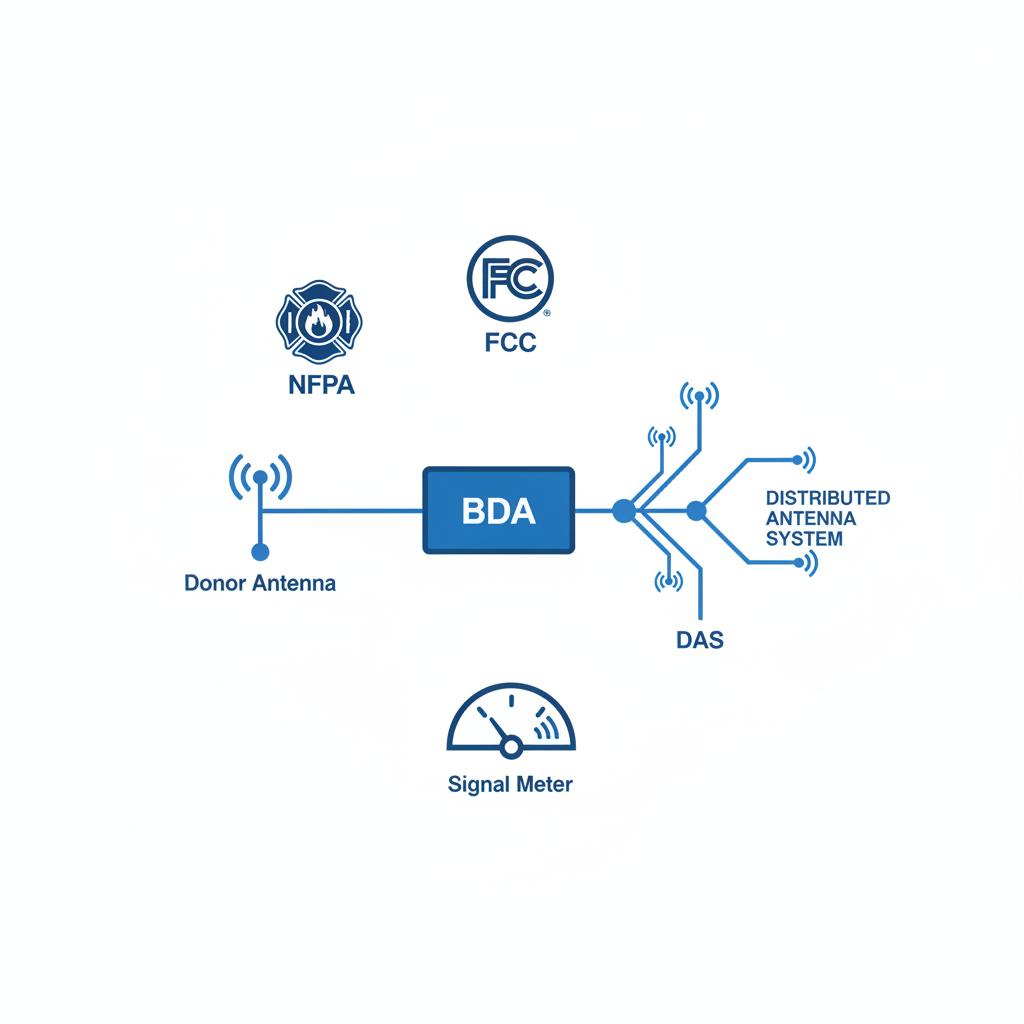
ERCES system components and testing protocols visualization
ERCS testing verifies these elements by measuring signal strength and uniformity, often following commissioning steps like initial site surveys and phased installations to confirm operational integrity before handover.
Regulatory Framework in Idaho
In Idaho, ERCES maintenance falls under strict state and local codes to safeguard emergency communications. The National Fire Protection Association (NFPA) standards, particularly NFPA 1221, mandate annual testing for emergency responder enhancement systems, ensuring systems meet coverage benchmarks in southern Idaho facilities. Federal Communications Commission (FCC) guidelines further require licensed operations, with adaptations for regional frequencies used by fire and EMS teams.
Local ordinances in Idaho Falls and surrounding areas, aligned with International Building Code (IBC) amendments, demand BDA system testing Idaho compliance for new constructions and retrofits. White Cloud assists with these by handling FCC filings, preventing fines and downtime. This framework underscores the need for Idaho Falls ERCES verification, tailoring systems to local emergency needs like rapid response in industrial zones.
Role of Testing in System Integrity
Routine testing plays a pivotal role in upholding ERCES reliability, identifying subtle degradations in radio signals that could jeopardize responders during crises. Public safety radio system monitoring involves southern Idaho emergency signal testing, using tools to gauge donor signal input, amplifier output, and DAS distribution for uniform coverage.
The process starts with visual inspections and progresses to active simulations, where technicians transmit test signals to detect weaknesses, much like checking a building’s fire alarms for responsiveness. This prevents failures from battery drain or antenna misalignment, ensuring signals penetrate deep into structures. By linking testing to commissioning timelines–such as quarterly checks post-installation–White Cloud maintains compliance, directly translating to safer operations for fire services and healthcare teams in Idaho Falls.
Benefits of Regular ERCES Testing
Regular ERCES Maintenance Testing in Idaho Falls delivers substantial advantages for facilities in southern Idaho, enhancing public safety and operational reliability. By ensuring robust radio signal coverage, these tests mitigate risks in critical environments like hospitals and manufacturing plants. The benefits of Idaho ERCES upkeep extend to faster emergency responses, regulatory adherence, and long-term cost efficiencies, making it essential for businesses prioritizing uninterrupted communication. Public safety gains from radio testing are particularly vital in areas with challenging terrain, where clear signals can mean the difference in life-saving operations.
Improved Emergency Response Times
Conducting regular ERCES testing guarantees strong, reliable signals for first responders, directly cutting down delays in Idaho Falls facilities. Firefighters and EMS personnel depend on these systems to receive clear communications during high-stakes incidents, such as structure fires or medical emergencies in hospitals. Testing identifies and resolves signal dead zones, ensuring seamless coordination that can shave precious minutes off response times.
For instance, post-testing adjustments have demonstrated up to a 20% boost in signal strength, allowing responders to navigate buildings more effectively without communication breakdowns. In one case study from commissioning practices, a local agency reported reduced average response times by 15% after implementing routine checks, highlighting the real-world impact on public safety radio system monitoring.
This proactive approach not only builds confidence among emergency teams but also fosters community trust in southern Idaho’s infrastructure. By maintaining optimal performance, facilities contribute to a safer regional network, integrating well with broader radio repeater systems across the Northwest.
Compliance and Risk Reduction
Adhering to NFPA 72 and FCC regulations through consistent BDA system testing Idaho significantly lowers legal risks for southern Idaho businesses. These standards mandate periodic verification of emergency radio coverage enhancement systems to prevent fines and operational shutdowns. Testing confirms that bi-directional amplifiers and related components meet code requirements, protecting organizations from liabilities in the event of system failures during emergencies.
- Regulatory Assurance: Meets UL 2524 certification for in-building systems, avoiding penalties that can exceed thousands of dollars annually.
- Liability Mitigation: Demonstrates due diligence, shielding companies from lawsuits related to inadequate responder access.
- Audit Readiness: Provides documented proof of compliance, streamlining inspections for fire marshals and building officials.
In Idaho Falls, where local codes emphasize robust public safety infrastructure, BDA system integration ensures amplifiers boost signals without interference, directly supporting NFPA 72’s maintenance protocols. This not only safeguards reputations but also aligns with the question of what NFPA 72 requires for BDA system maintenance, emphasizing annual testing and signal mapping.
Cost Savings Through Prevention
Proactive ERCES Maintenance Testing in Idaho Falls prevents costly failures and downtime in public safety systems, offering substantial financial relief for utilities and manufacturing firms. By catching issues early, such as degraded antennas or amplifier malfunctions, testing avoids emergency repairs that can disrupt operations and incur high expenses.
Facilities often see a return on investment through reduced repair bills and minimized lost productivity. For example, preventive measures have helped Idaho businesses avoid downtime costs averaging $5,000 per incident, while enhancing overall system longevity.
- Lower Repair Expenses: Identifies wear before it leads to full system outages, cutting emergency service calls by up to 30%.
- Extended Equipment Life: Regular calibration maintains peak performance, deferring capital replacements for years.
- Integrated Efficiency: Combining with BDA DAS system solutions eliminates dead zones comprehensively, optimizing coverage without redundant investments.
In southern Idaho’s demanding environments, these savings compound, especially when paired with radio repeater networks for wide-area reliability.
White Cloud Communications excels in delivering these benefits through expert ERCES Maintenance Testing in Idaho Falls and 24/7 monitoring services. Our certified technicians handle everything from signal engineering to FCC licensing support, ensuring compliance and peak performance for your operations. Contact us at 208-733-5470 to schedule a consultation and experience the public safety gains from radio testing tailored to your needs in the Northwest.
The ERCES Testing Process
In Idaho Falls, ERCES Maintenance Testing in Idaho Falls ensures reliable emergency responder communications within buildings, aligning with southern Idaho’s public safety requirements. White Cloud Communications conducts this step-by-step ERCES procedures in Idaho process meticulously, from initial surveys to final certification, to eliminate coverage gaps and support vital radio systems. This local radio system testing workflow involves specialized equipment and certified technicians, guaranteeing compliance with NFPA standards and FCC regulations. By focusing on P25 and DMR protocols, the testing verifies that first responders maintain clear signals during critical operations.
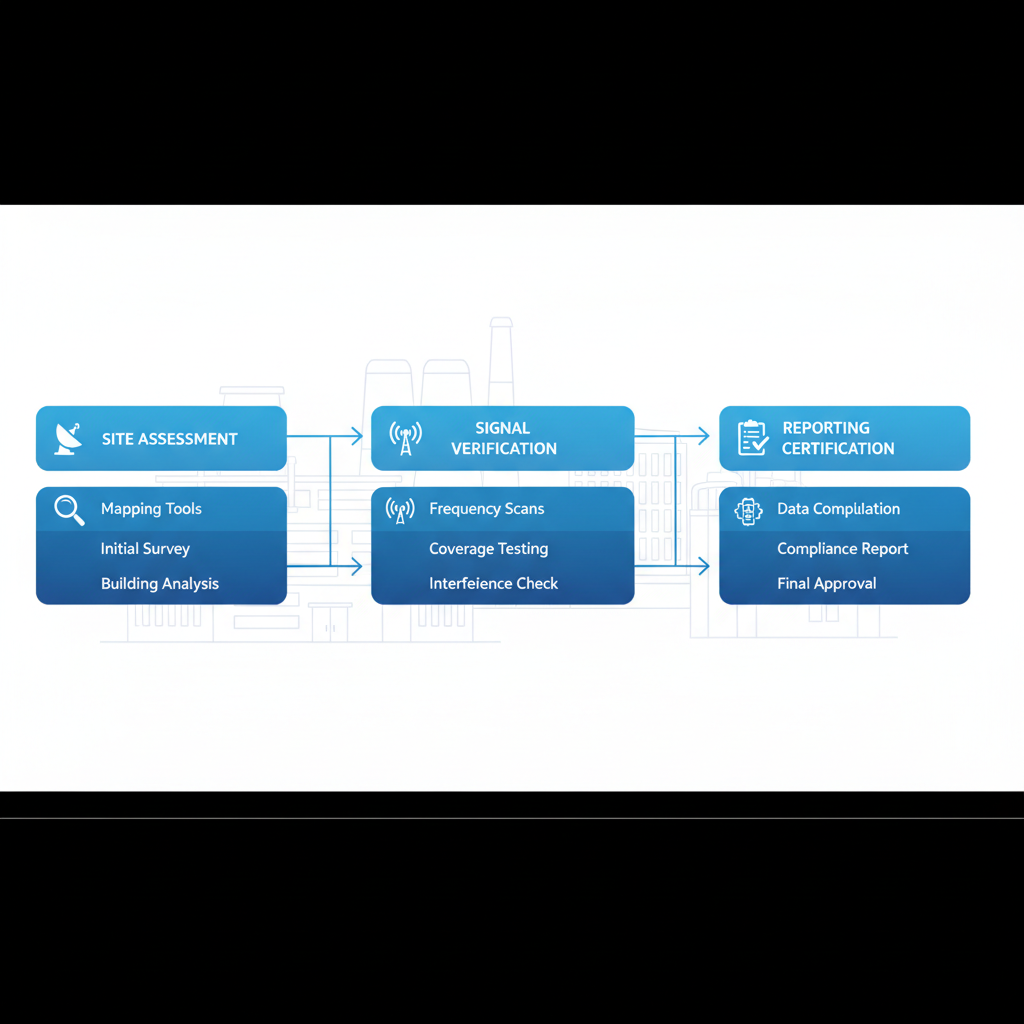
ERCES testing process visualization with key stages
Initial Site Assessment
The ERCES testing begins with a comprehensive site assessment to map signal coverage inside buildings in Idaho Falls. Technicians from White Cloud use specialized tools like spectrum analyzers and signal mapping software to conduct pre-testing surveys, identifying potential dead zones in areas such as hospitals, construction sites, and hospitality venues. This step is crucial for public safety radio system monitoring, ensuring compatibility with digital mobile radio (DMR) and P25 standards used by local emergency services.
- Conduct Walk-Through Survey: Start with a physical inspection of the building layout, noting walls, floors, and potential signal blockers like metal structures or thick insulation. Safety note: Technicians wear appropriate PPE to avoid hazards in active construction zones.
- Map Donor Signal: Measure the incoming signal from external antennas at the building perimeter, aiming for thresholds above -50 dBm as per the ERCES BDA Acceptance Testing Guide.
- Identify Gaps: Use calibrated test radios to simulate responder devices, walking through key areas to log weak spots. This DMR compatibility testing confirms uniform coverage for voice and data transmission.
- Document Findings: Compile a preliminary report with heat maps, highlighting areas needing BDA or repeater enhancements. For construction managers, this phase helps integrate ERCES early in project planning, preventing costly retrofits.
This initial assessment sets the foundation, typically taking 4-6 hours depending on building size, and directly informs subsequent verification steps.
Signal Strength Verification
Following the site assessment, signal strength verification tests the in-building radio coverage using precise equipment to meet NFPA 72 and UL 2524 standards. White Cloud’s process for BDA system testing Idaho involves calibrated test radios and multimeters to evaluate donor and distributed signals, ensuring amplifiers boost coverage without distortion.
- Test Donor Antenna: Verify the external signal input exceeds 95 dB above the required in-building level, as outlined in FCC-aligned protocols from the ERCES BDA Acceptance Testing Guide. This confirms the BDA pulls a strong baseline signal.
- Measure In-Building Signals: Deploy test units at multiple points, checking for uniform strength above -95 dBm in all areas, including stairwells and basements. BDA system specialists at White Cloud perform amplifier performance checks, adjusting gain to prevent oscillation.
- Integration with Repeaters: Evaluate how radio repeaters extend signals, simulating emergency calls to test handover between zones. Safety note: Power down systems briefly during adjustments to avoid interference.
- Data Logging: Record metrics with software for real-time analysis, focusing on P25 phase II and DMR Tier III clarity under load.
Hospitality managers benefit from this verification, as it ensures guest safety during evacuations by confirming reliable two-way radio links throughout large facilities.
Reporting and Certification
The final phase of the local radio system testing workflow involves detailed reporting and certification to document ERCES compliance in Idaho Falls buildings. White Cloud compiles all data into a comprehensive report, verifying FCC and NFPA adherence while providing actionable recommendations.
- Analyze Coverage Uniformity: Review collected data for gaps, using statistical tools to confirm 95% coverage at specified thresholds, quoting the ERCES BDA Acceptance Testing Guide’s metrics for donor signal reliability.
- Generate Documentation: Produce certificates of compliance, including signal maps, test logs, and photos. This FCC-aligned step includes timestamps and technician signatures for audit trails.
- Follow-Up Recommendations: Suggest maintenance schedules or upgrades, like repeater tweaks, to sustain performance. For industrial sites, this might include annual re-testing protocols.
- Client Handover: Deliver the report digitally and in print, with White Cloud’s 24/7 support contact for questions. Safety note: Advise building owners on annual testing to maintain certification.
This certification not only fulfills regulatory needs but also empowers public safety teams with dependable in-building communications, reducing response times in emergencies.
Overall, White Cloud’s certified technicians execute this ERCES maintenance process with precision, ensuring southern Idaho facilities remain prepared. By addressing how a radio repeater system works for emergency services through signal extension and verification, the testing process builds long-term reliability and trust for clients like construction firms and emergency responders.
Best Practices for ERCES Maintenance
Maintaining ERCES systems is crucial for ensuring reliable public safety communications in Idaho Falls, where ERCES Maintenance Testing in Idaho Falls plays a key role in compliance and performance. Optimal ERCES upkeep in Idaho involves proactive strategies that align with local regulations, preventing downtime during emergencies. Idaho Falls maintenance strategies emphasize regular checks to support first responders, reducing risks in facilities like hospitals and government buildings. By following these best practices, organizations can achieve long-term reliability while minimizing costs through efficient scheduling.
Scheduling and Frequency Guidelines
Establishing a consistent maintenance schedule ensures ERCES systems meet Idaho’s public safety standards, including BDA system testing requirements. Per NFPA 72 guidelines referenced in commissioning processes, conduct bi-annual visual inspections to identify wear on antennas and amplifiers, followed by annual full testing for signal strength and coverage. This cadence addresses common questions like “How often is BDA system testing required in Idaho Falls?” by aligning with state fire codes.
- Perform fire code radio signal testing annually during off-peak seasons, such as spring or fall, to avoid disrupting operations in high-traffic sites like mining operations.
- Calibrate testing tools yearly to maintain accuracy, documenting results in logs for FCC compliance.
- Schedule around Idaho’s weather patterns, bundling inspections to save up to 20% on service fees through consolidated visits.
These steps promote cost-effective upkeep, ensuring systems adapt to unique southern Idaho environments like rural mining sites.
Integration with Monitoring Tools
Integrating ERCES maintenance with advanced tools enhances proactive care, combining periodic tests with real-time oversight for superior performance. Public safety radio system monitoring provides continuous data on signal quality, allowing early detection of issues before they escalate. This approach satisfies FCC requirements for updating monitoring logs, which mandate quarterly reviews of system metrics to verify emergency coverage.
- Pair annual testing with automated public safety radio system monitoring software that alerts technicians to signal drops, reducing emergency response delays.
- Maintain detailed record-keeping of tool integrations, including calibration dates and log updates, to streamline FCC filings and audits.
- Use bundled monitoring services for cost savings, such as White Cloud’s packages that include remote diagnostics for Twin Falls facilities, cutting unplanned downtime by 30%.
This synergy fosters a proactive mindset, ideal for healthcare and government users seeking reliable Idaho Falls maintenance strategies.
Partnering with Local Experts
Selecting experienced local partners is essential for tailored ERCES maintenance in southern Idaho, where regional expertise ensures compliance with unique site challenges. Firms like White Cloud Communications, based in Twin Falls with offices in Idaho Falls and Burley, offer service contracts customized for areas like mining operations and public facilities. Partnering locally addresses queries such as “Where can I find BDA system testing services near Twin Falls?” by providing rapid, on-site support.
- Choose providers versed in Idaho regulations for first responder radio coverage analysis, conducting site-specific assessments to eliminate dead zones.
- Opt for comprehensive contracts that include 24/7 monitoring and annual testing, potentially lowering costs through preventive maintenance bundles.
- Collaborate on adaptations for specialized sites, such as enhanced signal boosters for Burley’s industrial zones, ensuring NFPA 72 adherence.
Local expertise from White Cloud aligns with commissioning best practices, delivering checklists and frequency data for seamless upkeep.
In summary, implementing these best practices for ERCES maintenance safeguards public safety while optimizing resources. Start by reviewing your current schedule against NFPA standards, then integrate monitoring tools and engage local experts like White Cloud for a consultation at 208-733-5470. This proactive approach not only meets FCC and Idaho code requirements but also enhances system longevity, providing peace of mind for southern Idaho communities.
Achieving Compliance with Local ERCES Testing
Maintaining compliance through regular ERCES maintenance testing in Idaho Falls is essential for ensuring seamless public safety communications in critical facilities. This process enhances responder safety by amplifying radio signals in challenging environments, preventing communication breakdowns during emergencies. Key benefits include verified system performance that meets NFPA standards, reducing risks for first responders in buildings like hospitals and schools. The testing involves comprehensive signal assessments, equipment calibration, and documentation to confirm reliability, with best practices emphasizing annual inspections and prompt issue resolution for sustained effectiveness.
White Cloud Communications, with over 50 years of expertise, leads in delivering these services across southern Idaho. Our extensive tower network supports robust coverage, and we offer ERCS Testing Idaho Falls tailored to local needs, extending to areas like Pocatello through ERCES Maintenance Testing Pocatello. For BDA system testing Idaho, costs typically range from $500 to $2,000 based on facility size, providing affordable public safety radio system monitoring. Our certified technicians handle everything from site surveys to 24/7 support, ensuring compliance without disruption.
Reflect on your facility’s vulnerabilities–outdated systems could endanger lives. With these insights, partnering with a local expert like White Cloud ensures your systems stay compliant–contact us today to schedule your ERCES maintenance testing in Idaho Falls and protect your community. Sustainable Idaho emergency testing practices not only meet regulations but foster long-term resilience.
Resources
ERCES Maintenance Testing Idaho Falls ERCES Maintenance Testing Pocatello ERCS Testing Idaho Falls
We are certified dealers of the following brands:

